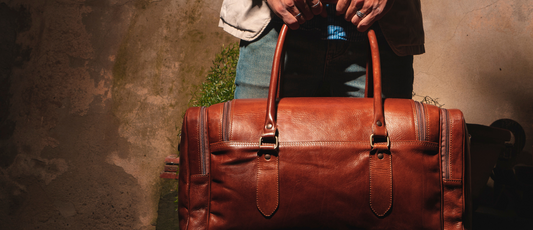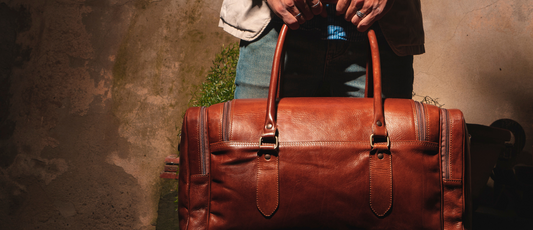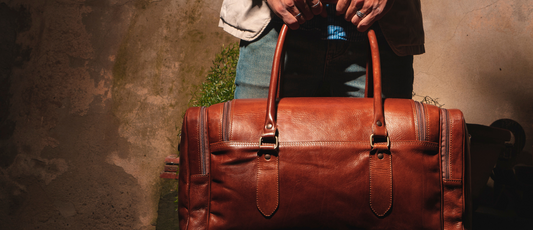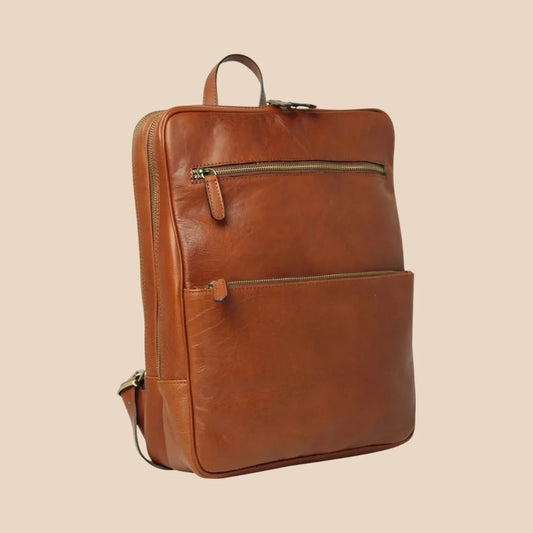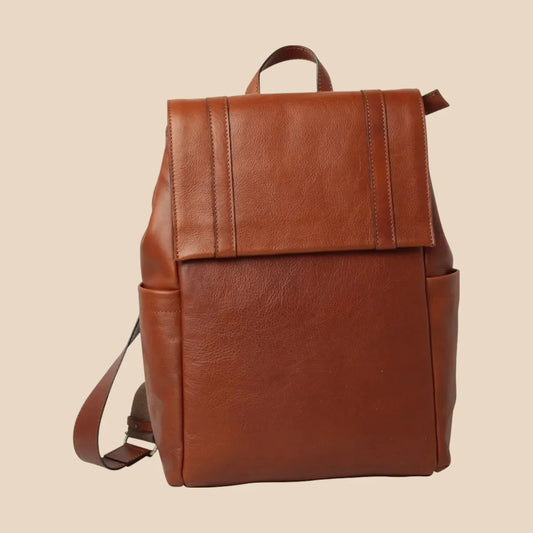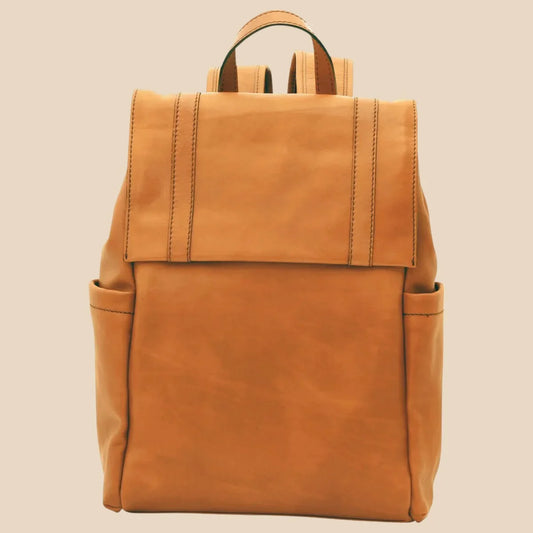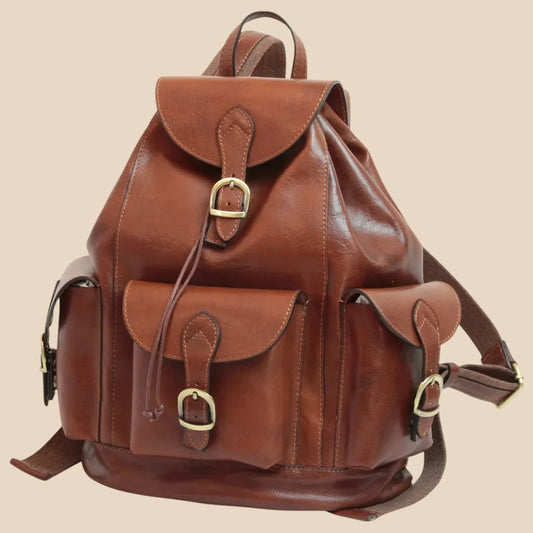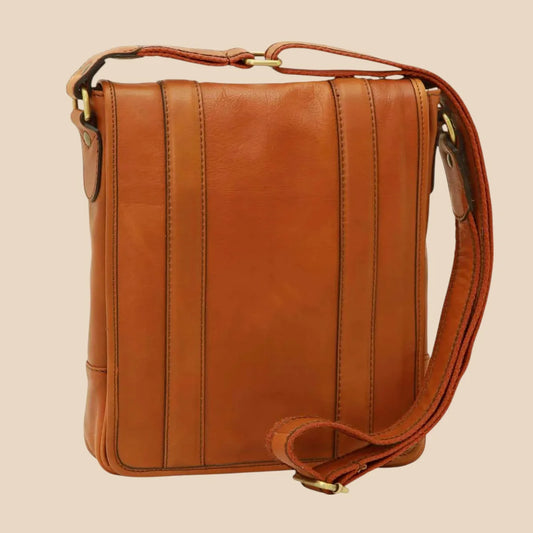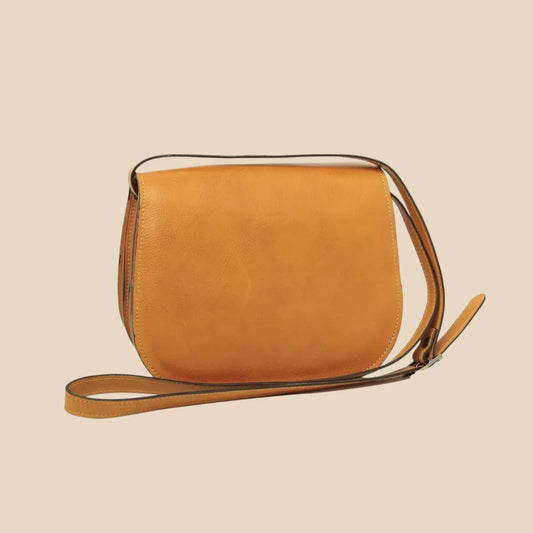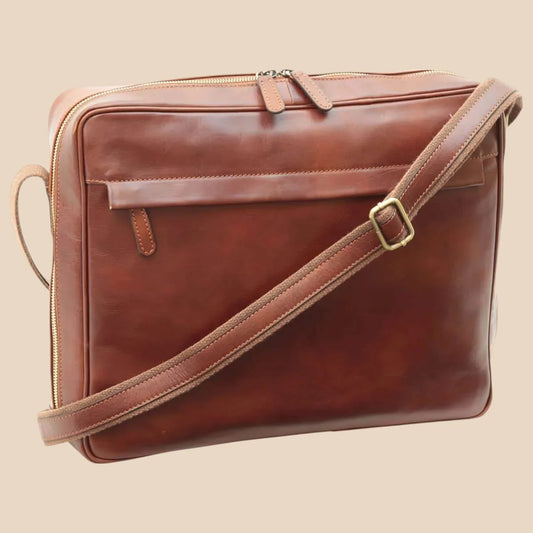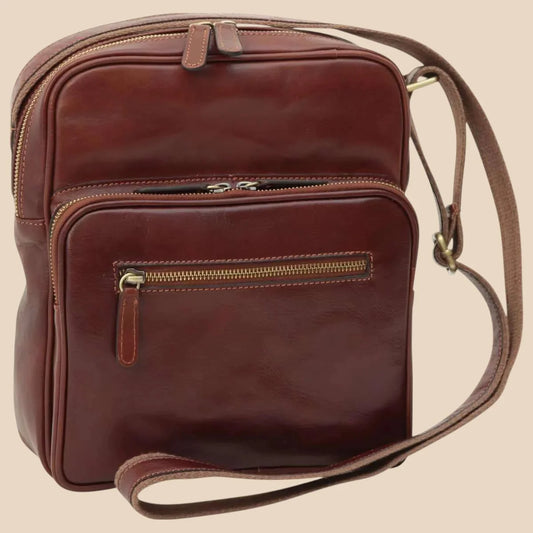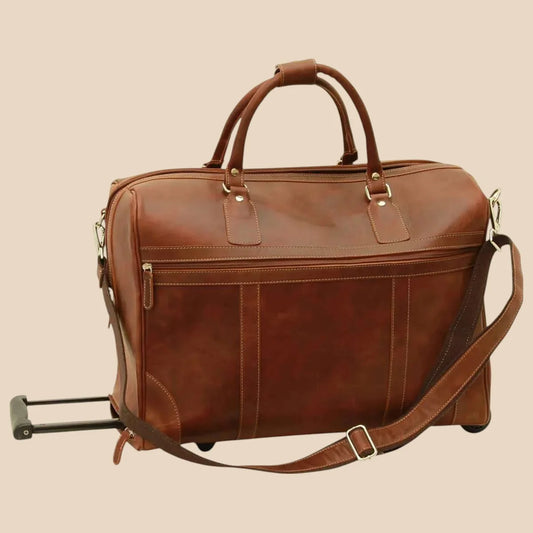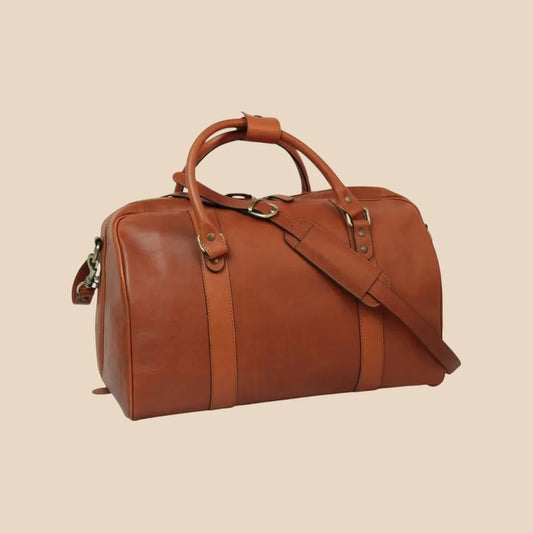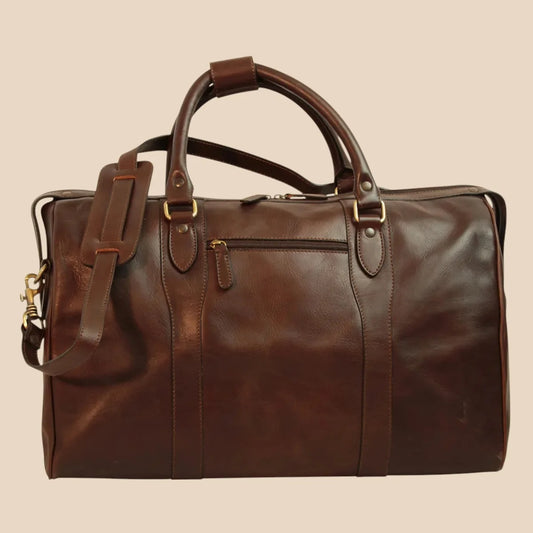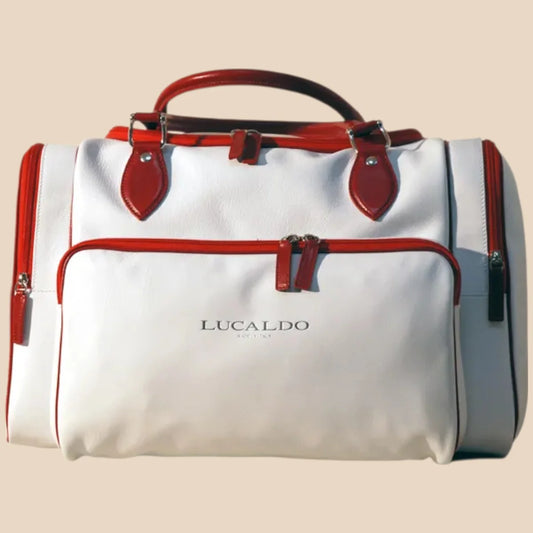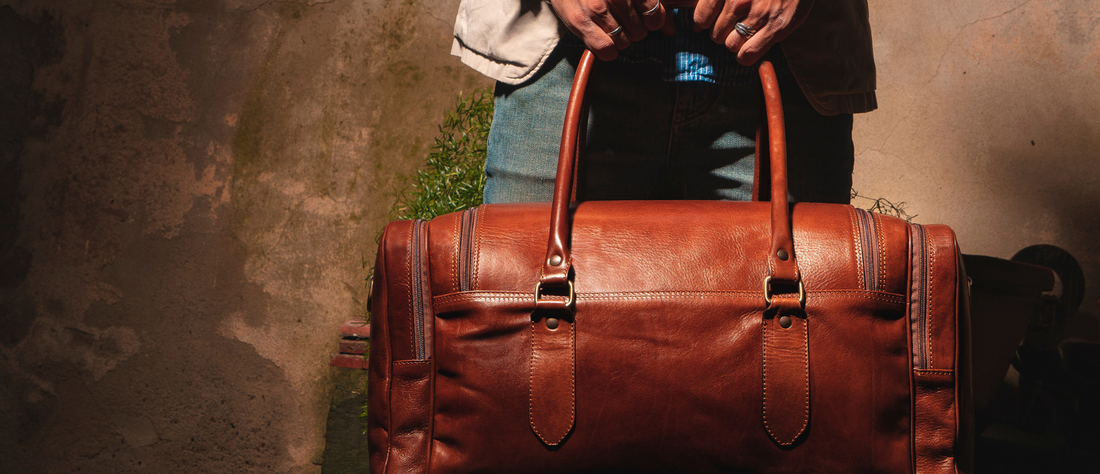
Spotting Real Leather: A Quick Guide
So, you're thinking about investing in a beautiful leather bag (or maybe a wallet, or even a whole leather briefcase!), and you want to make sure you're getting the real deal. Smart move! There's nothing worse than shelling out your hard-earned cash for something that's just cleverly disguised plastic. I've been there, done that, got the pleather tote bag to prove it. This guide will arm you with the knowledge you need to confidently spot genuine leather every time.
Introduction
Identifying genuine leather can feel tricky, but honestly, with a few simple tricks, you can become a pro at spotting the real McCoy. This guide is your shortcut to becoming a leather connoisseur, whether you're browsing a vintage market, a high-end boutique, or even online (it's trickier online, but we'll get to that!). We'll start with the easy stuff and move on to some more advanced techniques.
For Beginners
The Touch Test
This is your first line of defense. Genuine leather has a unique feel. It's soft, supple, and slightly warm to the touch. Faux leather, on the other hand, often feels stiff, cold, and plasticky. Try gently stretching the leather - real leather will have a slight give and will often have small wrinkles or creases appear, while faux leather will remain rigid.
The Smell Test
Real leather has that distinctive, earthy, almost woody aroma. It’s hard to describe, but once you know it, you KNOW it. Faux leather, often smells like plastic or chemicals. This one can be a bit subjective, but it's definitely a helpful clue.
Check the Edges
Examine the edges of the item. Real leather has rough, slightly uneven edges. This is because it's a natural material, and each hide is unique. Faux leather usually has perfectly smooth, uniform edges. You might even see a bit of fabric backing peeking out.
Intermediate Tips
The Pore Test
Look closely at the surface of the leather. Genuine leather has tiny pores (like skin!), which give it a slightly irregular texture. Faux leather often has a uniform, almost too-perfect surface pattern. Sometimes, it can even look a little too shiny or plasticky.
The Water Drop Test (Use with Caution!)
If you’re feeling brave (and the seller doesn’t mind), try dropping a small drop of water onto the leather. Genuine leather will absorb the water slowly, causing the area to darken. Faux leather will usually just bead up and roll off. *Important note:* Do this sparingly and only if appropriate, as excessive water can damage real leather.
Advanced Tips
The Fire Test (Experts Only!)
Please, please, don't try this on a bag you're about to buy! This is more for testing scraps of leather or when you already own the item and are really curious. Genuine leather will char slightly and smell like burnt hair when exposed to a flame. Faux leather will melt and smell like burning plastic. I’ve never done this personally, and I wouldn’t recommend it unless you're absolutely sure of what you're doing.
Examine the Stitching
High-quality, genuine leather goods often feature meticulous stitching. Look for neat, even stitches and high-quality thread. Sloppy stitching can be a sign of a cheaply made item, whether it's real leather or not. Check out our collection for examples of quality craftsmanship.
Troubleshooting
What if I'm still not sure?
If you’re still unsure after trying these tips, it’s okay to ask for help! A reputable seller should be able to provide information about the type of leather used. You can also check for certifications or look for reviews from other customers. Don’t be afraid to ask questions – it's your money, after all! You can also compare the item to our full-grain leather shoulder bag as a benchmark.
Resources
If you want to delve deeper into the world of leather, you can check out our blog post on the best leather for bags. We also have a helpful guide on spotting cheap leather. Happy learning!
Conclusion
With a little practice, you can confidently identify genuine leather. Trust your senses, and remember these tips. Now go forth and find that perfect leather treasure! If you're ready to start shopping, check out our beautiful collection of messenger and satchel bags.
FAQ About Bufalo d'Oro
Where are Bufalo d'Oro products made?
Our products are handcrafted with pride in Italy, using traditional techniques and the finest materials.
What type of leather does Bufalo d'Oro use?
We primarily work with full-grain leather, known for its durability, beauty, and unique character. You can learn more about it on our leather types guide.
Does Bufalo d'Oro offer a warranty?
Yes, we stand behind the quality of our products. We offer a comprehensive warranty against manufacturing defects. Details can be found on our warranty page (link would go here, but I don't have it).

